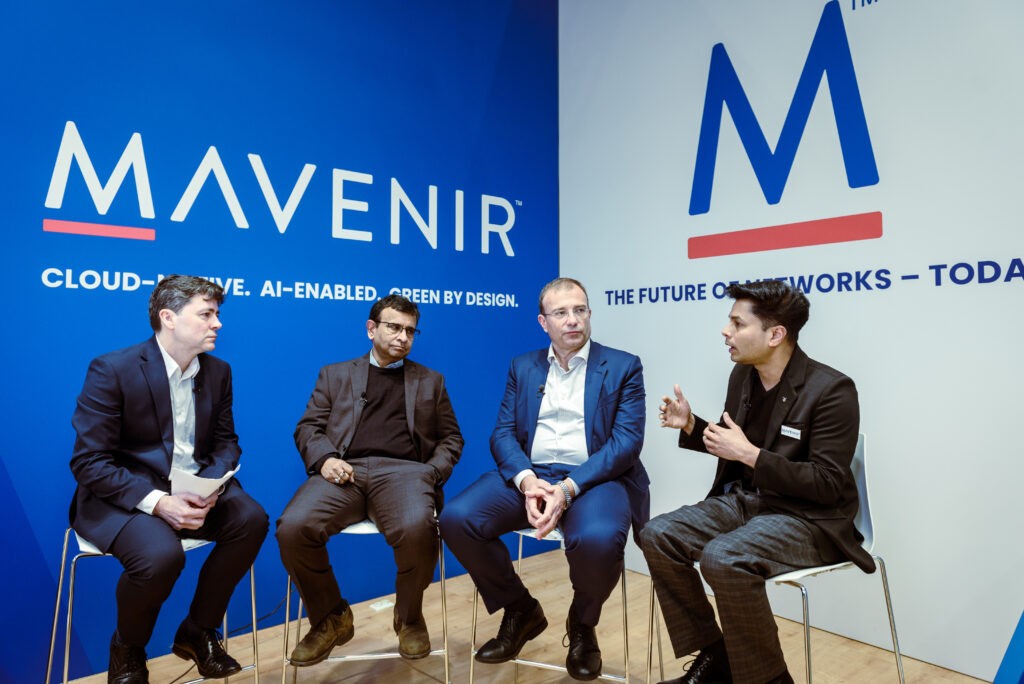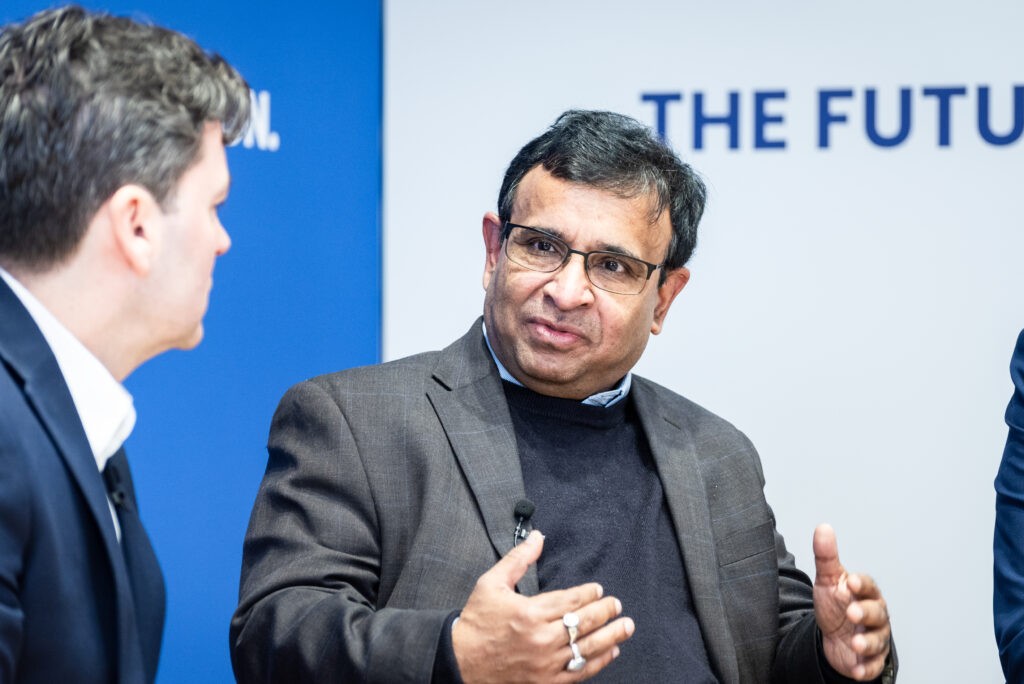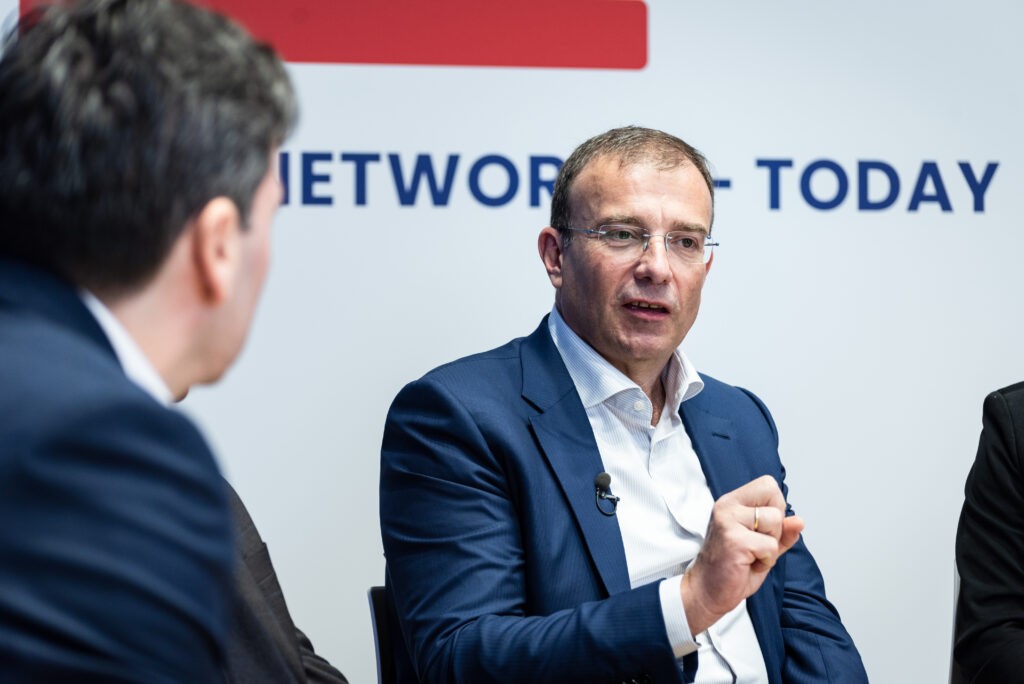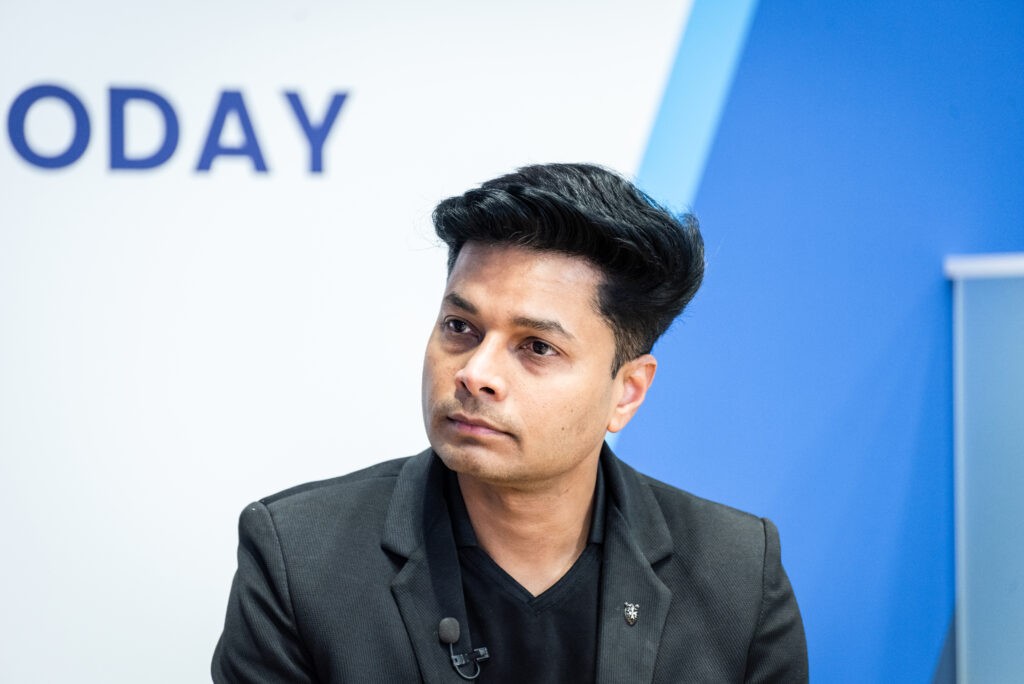Network Softwarisation: Positive but Realistic

As a journalist covering developments in mobile network technology, I’m always interested to hear from people who are directly involved in leading technology and business transformation. What is actually happening on the ground, what is proving difficult, where is progress being made and with what benefits? The panel certainly gave us an opportunity to ask those questions about the softwarised network. It featured:
- Udayan Mukherjee, Intel Senior Fellow, Network and Edge Group, Intel,
- Cayetano Carbajo, Director for Core, Transport and Service Platforms, GCTIO, Telefonica,
- Bejoy Pankajakshan, EVP, Chief Technology and Strategy Office, Mavenir
Watch the full panel discussion
Softwarisation has been one of the mega-trends within mobile network technology. It’s an inelegant word, maybe, but it simply means transforming a network so that network functions are carried out in software, rather than in traditional hardware-based appliances. As the panelists pointed out, the transition to a softwarised network and cloud-native operations has, of course, long been an ongoing process within telecoms networks.
Udayan said that Intel first underpinned softwarisation of the network in the packet core, and that its FlexRAN platform enables the majority of the software-based Open RAN deployments in the world today. Bejoy said that every time a domain within the network has made the transition to software, Mavenir has been there. Now the company’s focus is shifting to seeing how its customers can derive the full benefits of being cloud-native by building AI-driven and automated networks to enable operators to meet their sustainability goals.
“You can’t do that if you’re not softwarised,” he said.

For Telefonica’s Cayetano, the benefits of softwarisation lie in enabling more automated operations, and the further benefits that accrue from that. Telefonica has a commitment to achieve Level 4 network automation in 2025. A softwarised network enables the ability to automate testing and deployment of containerised functions, deployed as micro-services, meaning the operator can carry out in-service upgrades without shutting down nodes during maintenance windows. It can also take advantage of auto-scaling and auto-healing, and re-using hardware, making its utilisation of its resources more efficient and more agile.
Challenges
But even though Telefonica already has a containerised, cloud-native core, Cayetano said the operator is not yet extracting the full benefits of softwarisation. It is not yet delivering on in-service upgrades, for example.

Part of the challenge here is cultural. Moving to an automated, CI/CD operational model means that staff roles change. Asking an operational team to trust an automated upgrade within service is not easy, and it also entails a change of job functions. Operating and managing cloud workloads and platforms also challenges network teams’ skillsets, and many operators have invested in retraining and recruitment.
The panel found that there are also some remaining technical challenges. One of these is further defining the way that software network functions interact with the cloud platforms in which they are deployed. Cayetano said that Telefonica deploys software on a range of CaaS platforms, but the number of functions that can be deployed on a “transversal” CaaS is limited. This means that the operator loses some capabilities for auto-healing and scaling, and re-using resources. Bejoy said that the onus is on the software vendors to create abstraction layers so that their software can be more easily deployed on cloud platforms, avoiding vertical integration.
Business Benefits
In turn, that opens up further opportunities for operators.
One example was the enhanced observability and visibility of network data that comes from deploying common cloud tooling, rather than vendor specific OSS and custom tooling. Collecting data using common methods, putting that into a data mine and being able to aggregate and leverage it for new use cases can drive monetisation.
Cayetano also identified Network APIs that expose network capabilities to developers, and dynamic slicing, as two more business and monetisation opportunities that are enabled by the softwarised network. The operator is committed to network APIs from the CAMARA project, and sees it as a “key element” that can be enabled by softwarisation.
Telefonica is already making money from manual slicing, but a more automated network that can set up and take down slices automatically, with closed-loop assurance, would open up a host more opportunities. That would particularly be the case, Bejoy said, if operators can combine charging and network analytics, something that is not standardised at the moment, and relies on a blend of capabilities that reside with core network functions such as NWDAF, the CaaS layer itself and APIs for charging and network exposure.

Intel’s Udayan pointed out that in monetisation terms the whole premise starts with disaggregation. From here operators can use Rest APIs to build applications on top of an open platform, with use cases ranging from Software Cell Site Routers, to xApps and rApps in the Open RAN RIC, to customers deploying LLMs for deployment automation and asects like RF planning. He pointed out the ROI benefits that automation is bringing to greenfield operators that have been able to achieve that level of deployment automation.
Looking Ahead
Finally, I asked if we were to have this conversation in two years’ time, would I still be asking the same questions? With operators challenged on investment cases, can telcos use the softwarised network to transform their issues around network ROI and monetisation? Certainly, Telefonica expects to have achieved its Level 4 automation by that point, and to be reaping the benefits of greater operational flexibility, as well as new business models.
Udayan said that he hoped two years from now we are talking about operators building much more services, and monetising that.
And as Bejoy said, “We want to get there and the only way to get there is through softwarisation and automation.”



